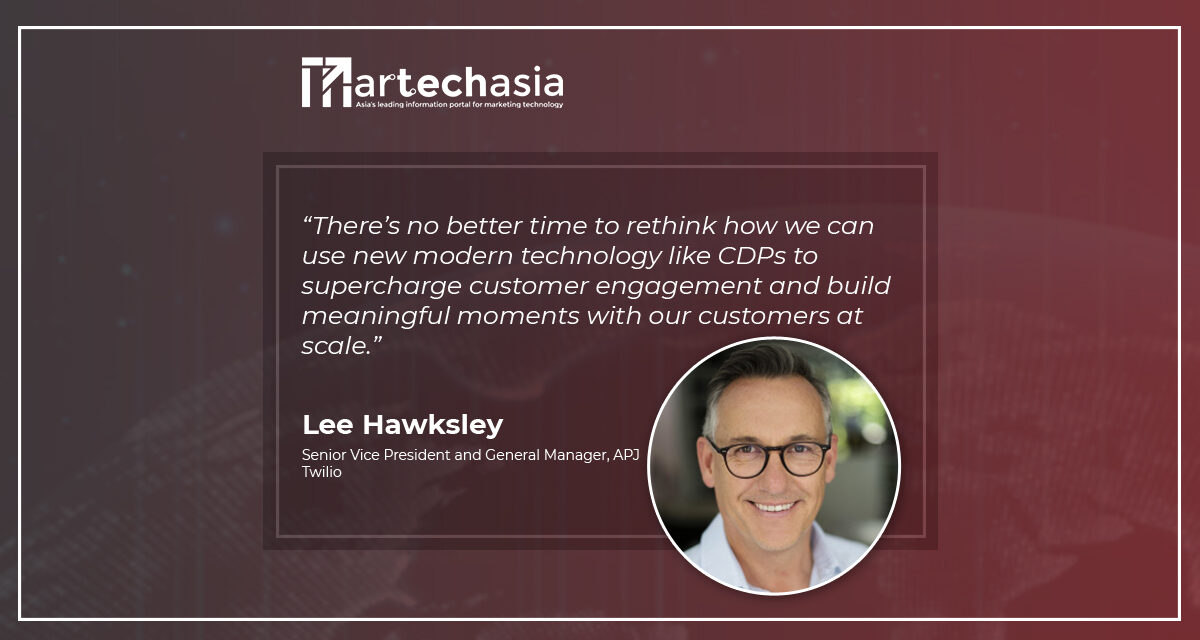Despite this growing digitalisation of consumer behaviour, however, it is worrying to see that many brands are still not ready to truly engage their customers on a deep and meaningful level.
The Marvel flick Doctor Strange and the Multiverse of Madness recently landed in theatres – much to the delight of my young kids.
They would love nothing more than to live in that world of superheroes, but I’m much less enthused.
Imagine the horrors of being a marketer if the multiverse were a reality! It would indeed be madness trying to manage an infinite number of customers with an infinite volume of personal data and data sets.
Reality, however, is not too far from fiction.
During the pandemic, marketers have had to deal with an unprecedented explosion of customers as millions across the world intensified their use of digital services.
In Southeast Asia alone, 60 million digital consumers joined the Internet economy since the pandemic started, bringing the region’s Internet penetration up to 75 percent. 8 in 10 users have made at least one purchase online, and satisfied users intend to continue using digital services in the years ahead.
By now, volumes have been written about how organisations have embraced digital transformation at speeds and scale never before seen just to keep pace with evolving market conditions and customer expectations.
According to our latest State of Customer Engagement 2022 report, companies in Asia Pacific & Japan (APJ) reported that the pandemic has sped up their digital transformation by an average of 6.5 years.
Despite this growing digitalisation of consumer behaviour, however, it is worrying to see that many brands are still not ready to truly engage their customers on a deep and meaningful level.
Put first-party data first
In our State of Customer Engagement 2022 report, respondents from APJ organisations say over half of their customer engagement is currently digital. The vast majority of businesses (94 percent) also agree that first-party insights lead to a better customer experience.
However, 81 percent of companies still have complete or substantial dependence on third-party data and would be seriously hurt by losing access to it. To make matters more worrying, less than half of those surveyed (45 percent) say they are “fully prepared” for a cookie-less world.
With the deprecation of third-party data and cookies, along with the rise of the privacy-conscious consumer, there is an urgent need for marketers to shift gears from third-party to first-party data.
Recent changes in adtech are also reinforcing this trend, such as changes to Apple’s Identifier for Advertisers (IDFA) and Google’s commitment to phase out support for third-party cookies in its popular Chrome browser.
Securing first-party data and translating them into actionable insights is crucial for hyper-personalised customer engagement in the coming year. First-party data enables marketers to continue growing and engaging their customer base in a way that respects and protects their data.
In fact, if you do not already have some form of first-party data strategy in place, 2022 may be the year you do or die.
A first-party data strategy will force us to reconsider the utility of incumbent technology like monolithic CRM and marketing clouds. Most of such tools were built before the rise of cloud computing and are arguably unfit for the digital-first era.
Consider the billions of customer data points that exist today, such as emails, texts, and alerts, and these tools will start to show their limits. They simply are not equipped to securely collect, store, and analyse billions of customer data points at scale.
Instead, businesses looking to offer scalable, hyper-personalised experiences to their customers will have to turn to unified solutions that deliver exceptional, omni-channel campaigns that span the entire customer lifecycle from marketing to sales to service.
Ushering in the age of customer data platforms
There are encouraging signs that brands are rethinking their customer engagement strategy in a first-party data first world.
In our recently published Customer Data Platform Report 2022, we see aggressive adoption of customer data platforms (CDPs) over the past year as businesses build digital-first customer engagement strategies and reduce their reliance on third-party data.
In fact, we saw over 1 trillion API calls a month on our Twilio Segment CDP platform in late 2020 and 2021, an all-time high figure that signals a shift in marketing priorities.
In short, CDPs have become pivotal because they enable businesses to leverage first-party data, while prioritizing privacy and personalized customer engagement, making them an increasingly preferred choice for marketers in this region.
What does this mean in a practical sense? Some concrete benefits of CDPs include:
- Know your customers and accelerate campaign delivery: marketers can go from idea to campaign quickly and independently with real-time customer insights, behaviour-based automation, and intuitive experimentation tools without overly relying on data teams to pull and analyse data. Developers will also spend less precious time collecting, cleaning, and making data usable for marketers.
- Personalise every interaction: with a foundation built on clean, accurate, real-time first-party customer data, marketers can build audience groups at the micro level, making intelligent, hyper-personalised engagement possible across every channel.
- Use any combinations of tools, data integration, and analytics: Unified solutions that include API extensibility allows marketers to build tailored campaigns and work creatively, integrating any combination of tools to design unique campaigns for any use case.
- Monitor every campaign in one place: Advanced campaign dashboards offer a single interface for marketers to monitor engagement, troubleshoot issues, and optimise effectiveness in real time for every campaign and on every channel.
With the new year well and truly underway, marketers are beginning to finalise and firm up their marketing strategies and the digital tools they’ll use to achieve their goals. There’s no better time to rethink how we can use new modern technology like CDPs to supercharge customer engagement and build meaningful moments with our customers at scale.


















